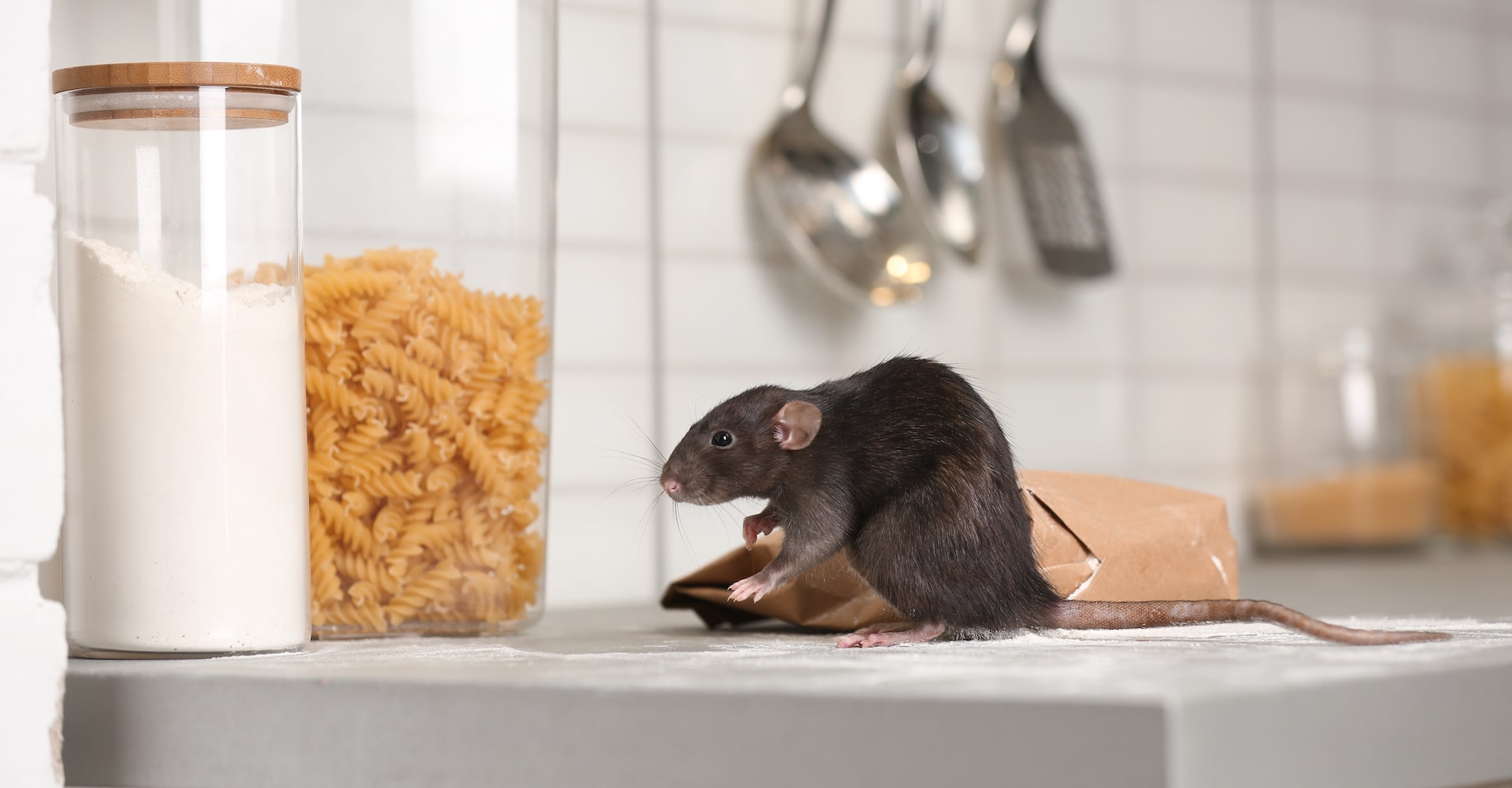How to Seal Cracks to Prevent Pesky Pests from Invading?
Share
Picture this: you've finally settled into your cozy home, everything seems perfect, except for one thingunwanted pests. These pesky intruders can be a significant headache, causing damage and disrupting your peace. If you've been scratching your head over how to seal cracks to prevent pests, you're not alone. This guide will walk you through the process effectively.
The battle against pests often begins with identifying entry points. The most common culprits? Cracks and crevices in your walls, windows, and foundations. By sealing these, you're not only reinforcing your home's defenses but also providing peace of mind for you and your family. But why is sealing cracks so crucial in pest prevention?

The Risks of Neglecting Cracks
Allowing cracks to remain unsealed can transform your home into a hotel for pests. Little openings offer just enough space for critters like ants, cockroaches, and even mice to slip inside. Beyond the nuisance factor, these infestations can expose you to health risks and damage your property.
Common Pests Entering through Cracks
Roaches, ants, and rodents are notorious for infiltrating homes through the smallest gaps. Due to their size and ability to squeeze through tight spots, they often make these spaces their primary entry points. Additionally, insects such as termites can exploit cracks to invade wooden structures and cause severe damage if not handled in time.
By learning how to seal cracks, you will be building a significant line of defense against these unwelcome visitors, much like having a robust pest prevention plan in your apartment. Learn more about preventing pests in apartments.
Steps on How to Seal Cracks Effectively
Heres a simple, step-by-step guide to help you understand how to seal any cracks and keep your home pest-free.
Identify the Cracks
Before sealing, locate the potential entry points. Check around windows, doors, baseboards, and attic spaces. A thorough inspection will uncover stealthy hiding cracks.
Choose the Right Sealant
Selecting the correct sealant is crucial for permanent closure. Caulk works well on small gaps in stationary elements, like window frames. For larger gaps or moving parts, expanding foam sealant offers flexibility and durability.
Seal with Precision
Once equipped with the right sealant, clean the crack area. Remove dust or loose debris to ensure good adhesion. Apply the sealant continuously along the crack's length, smoothing it out with a wet finger or tool for a neat finish.
DIY Pest Prevention Strategies
While sealing is a prime defense, combining it with other pest prevention tactics enhances overall effectiveness. Regular cleaning, appropriate food storage, and maintaining your home's exterior all contribute to a pest-free environment.
For those who want a deeper dive into natural pest control tips, this resource can be incredibly useful.
Maintain a Clean Environment
A tidy home minimizes attractions for pests. Consistently remove food residue and clutter which can tempt these unwanted guests.
Regular Inspections
Schedule regular inspections to catch early signs of new cracks or pest entry. Routine checks can save significant time and effort in pest management.

FAQ - Frequently Asked Questions
What materials are best for sealing cracks against pests?
Silicone caulk and expanding foam sealants are popular options, as they provide a strong, flexible barrier that pests cannot easily penetrate.
How often should I check for cracks?
It's advisable to perform a seasonal inspectionfour times a yearensuring no past repairs need reinforcement or additional sealing.
Are there budget-friendly DIY pest control methods?
Yes, sealing cracks is a cost-effective method. Additionally, maintaining cleanliness, using natural repellents, and timely inspections allow homeowners to manage pests efficiently without overspending. For more tips, you can visit pest control techniques for homeowners.
The key to a pest-free home is prevention, and knowing how to seal cracks effectively is a cornerstone of this strategy. With a few tools and a little time, you can create an impregnable barrier against unwanted visitors. For more insightful tips on keeping your sanctuary safe, check out our articles on Rodent Control and Keeping Bugs Out of the Kitchen.
This article contains affiliate links. We may earn a commission at no extra cost to you.
